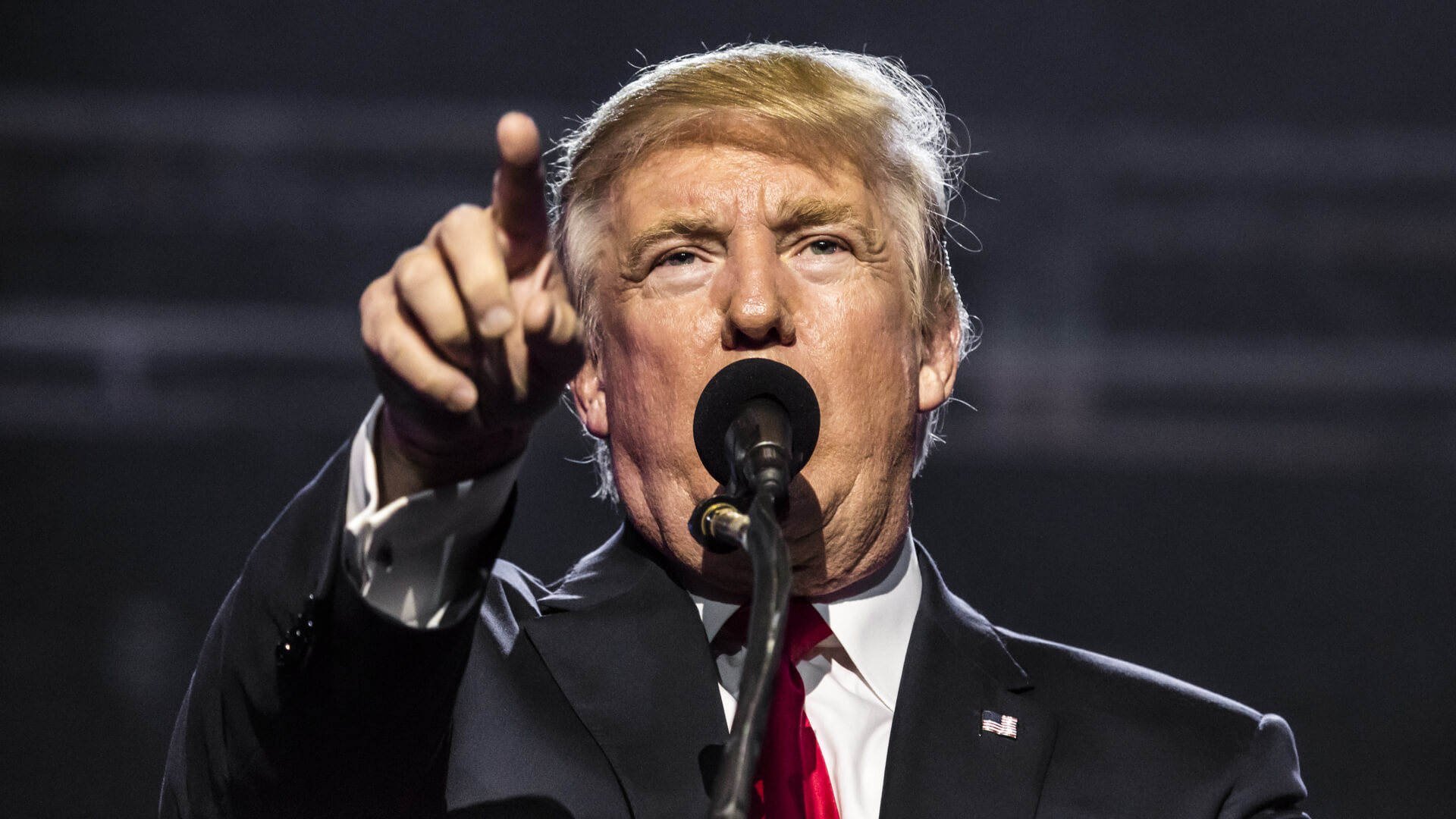
President Donald Trump signed the One Big Beautiful Bill Act into law, marking the largest tax package in recent American history. The legislation promises sweeping changes across the tax landscape, extending previous cuts while introducing new provisions that affect millions of Americans.
However, analyzing the distribution of these benefits reveals a complex picture of who truly gains from these changes — we’ll explore this below.
For You: I Asked ChatGPT What the Big Beautiful Bill Means for My Stock Investments, Here’s What It Said
Read Next: How Much Money Is Needed To Be Considered Middle Class in Your State?
The Big Winners: High-Income Earners Lead the Pack
The One Big Beautiful Bill is projected to reduce federal revenues by about $5 trillion between 2025 and 2034, according to the Tax Foundation. Analysis by ITEP shows that 69% of net tax cuts in 2026 will go to the top 20% of earners and the wealthiest 1% receive an average annual tax cut of $61,000, vastly exceeding benefits for other groups.
“The tax benefits primarily go to the ‘rich,’ and much of the cuts will negatively impact the ‘poor,'” said Jay Zigmont, Ph.D., certified financial planner (CFP) and founder of Childfree Trust. The legislation is also expected to increase the national debt by $3.3 trillion to $4 trillion over ten years. Higher-income households benefit from the temporary SALT deduction increase, with significant relief for those in high-tax states.
See More: 4 Ways Trump’s ‘Big Beautiful Bill’ Will Change How You Plan for Retirement
Estate Tax Changes Favor Ultra-Wealthy Families
The legislation permanently raises the estate and gift tax exemption to $15 million per individual or $30 million for married couples, per Tax Foundation analysis. This represents a dramatic increase from previous levels and removes uncertainty around potential reductions. “The increase in the estate tax exemption to $15 million is a great example of a benefit solely for those with very high net worths,” explained Zigmont.
This change primarily affects families with substantial wealth, as most American households fall well below these exemption thresholds. The permanence of this provision ensures wealthy families can engage in long-term estate planning without concerns about future reductions.
Middle-Class Benefits Come With Important Limitations
The legislation includes several provisions targeting middle-income Americans, though their impact varies significantly by household circumstances. A new $6,000 senior bonus deduction benefits taxpayers aged 65 and older, but phases out for higher earners. According to AARP analysis, the deduction reduces to zero for single filers earning above $175,000 annually.
The bill creates tax exemptions for tips and overtime pay, addressing campaign promises from the 2024 election. CNBC reported that workers can deduct up to $25,000 in tip income and $12,500 in overtime pay annually, with both benefits phasing out for higher earners. However, Zigmont shared important limitations: “The deductions for tips and overtime are limited” and “both are temporary cuts” lasting only through 2028.
New Programs Target Future Generations
Trump Accounts represent a novel approach to childhood savings, providing $1,000 government contributions for babies born between 2025 and 2028. According to White House statements, these accounts will be a benefit to children by way of compounded savings. Parents can contribute up to $5,000 annually, with funds growing tax-deferred until age 18.
Zigmont shared potential market effects of these. “The plan is for the government to provide $1,000 for each child when they are born into an account that needs to be invested in a broad market index,” he said. With approximately 3.6 million births annually, this creates substantial ongoing market investment.
Significant Cuts Impact Vulnerable Populations
The legislation introduces about $1 trillion in Medicaid cuts over ten years, threatening coverage for up to 11.8 million Americans, per the Congressional Budget Office. “People who rely on Medicaid and SNAP programs are most at risk,” Zigmont said — with $230 billion in SNAP reductions affecting 22.3 million families, Urban Institute reports.
“Women’s health in rural areas is likely to be hurt,” Zigmont said, as Medicaid cuts and Planned Parenthood defunding further limit access to essential healthcare in underserved communities, shifting more costs onto states and disproportionately hurting those already struggling.
Long-Term Fiscal Consequences Raise Concerns
The OBBBA is projected to add between $3.3 trillion and $4 trillion to the national debt over the next decade, according to Zigmont. The Tax Foundation estimates this will push the U.S. debt-to-GDP ratio up by 9.6 percentage points to 126.7% by 2034.
This rising debt could force future tax hikes or spending cuts, limiting government flexibility and straining the economy. While the bill delivers substantial, lasting benefits to high-income households, middle-class gains are smaller and temporary. “At some point that debt is going to be due and we have no solution at this point,” Zigmont added.
Editor’s note on political coverage: GOBankingRates is nonpartisan and strives to cover all aspects of the economy objectively and present balanced reports on politically focused finance stories. You can find more coverage of this topic on GOBankingRates.com.
More From GOBankingRates
- 7 McDonald's Toys Worth Way More Today
- 4 Companies as Much as Tripling Prices Due To Tariffs
- 6 Hybrid Vehicles To Stay Away From in Retirement
- 10 Unreliable SUVs To Stay Away From Buying
This article originally appeared on GOBankingRates.com: Who Benefits From Tax Changes in Trump’s ‘Big Beautiful Bill’?







